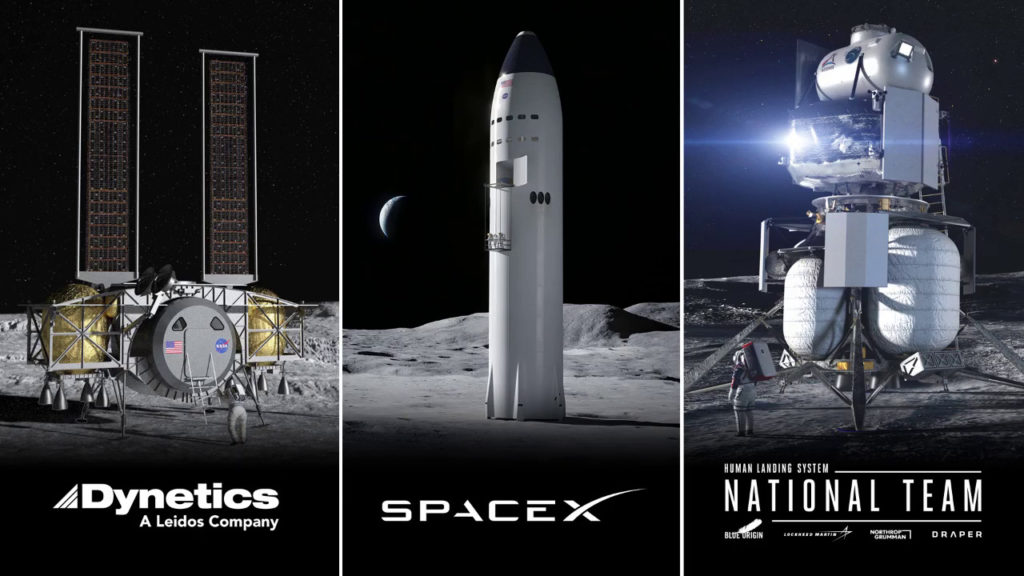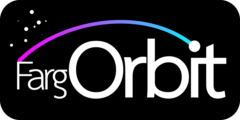
The Artemis program, with its goal to land a woman on the surface of Luna, is operating on a crash schedule. With delays from COVID piling on top of normal engineering problems, Artemis is now very likely to miss its target of landing by the end of 2024. But a mini-space race may allow competition to make up some of the lost time.
NASA’s program to return to the moon requires three primary components: the Space Launch System (SLS) heavy-lift rocket, the Orion crew and service modules, and the Human Landing System (HLS), equivalent to the Apollo Lunar Module. SLS and Orion were ongoing programs, left over from prior NASA strategies for the future of human spaceflight. Though delayed and often-changed, the major requirements and suppliers had been settled on years ago. Not so with the Human Landing System, whose call for bids was hardly open before or after October 2019. After a few months of review, the awards announcement was made on 30 April 2020.
The award does not answer the larger question of which company will get to the moon first in the planned “Artemis III” mission. NASA HLS program leads may decide this key detail by August 2020, and almost certainly by February 2021, as the awardees clear up their plans and development timelines. NASA will work in tandem with each supplier to ensure that each system will be able to be safely tested and delivered, setting broader goals and outcomes, with less emphasis on micromanagement.
Rather than going forward with just one or two of the four publicized submissions, NASA made awards to every team except Boeing (Boeing ‘s proposal did not even reach the last phase of consideration). However, each winner was cited as having potential for delay due to the need for development work on their propulsion systems, and SpaceX was also singled out for missing deadlines for Crew Dragon and other government launches.
It is perhaps bigger news than expected; NASA’s approach for lunar exploration exceeds the minimum requirements to perform a stunt landing on an accelerated schedule. Hiring three teams indicates a solid commitment to a longer-term effort and broad-based infrastructure. This could be the kickstart needed to get humans to permanently retain the ability to travel to other worlds.
